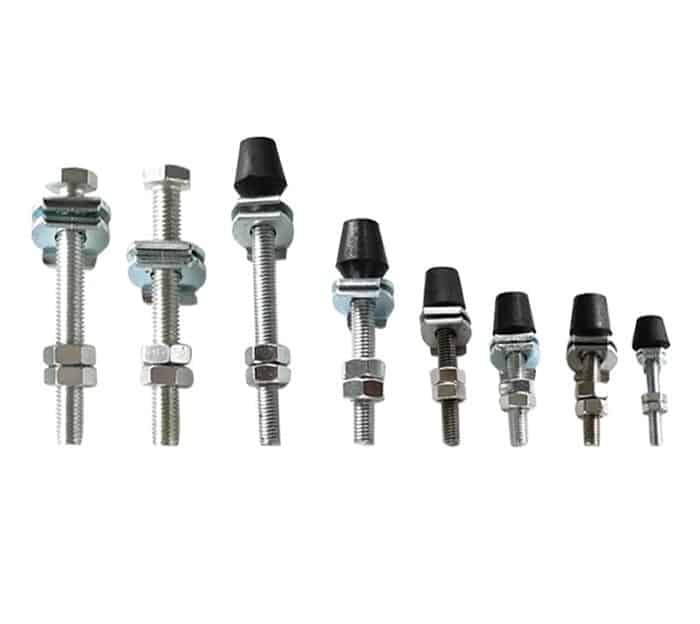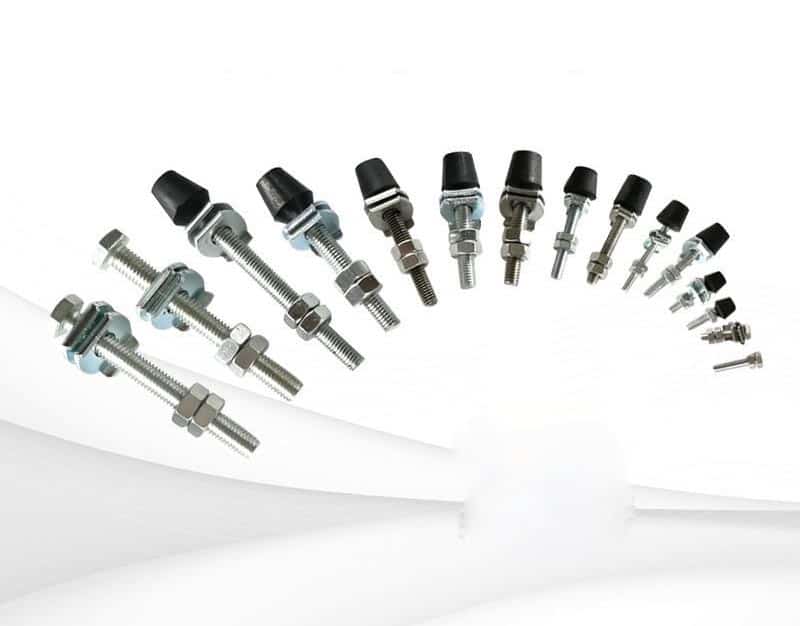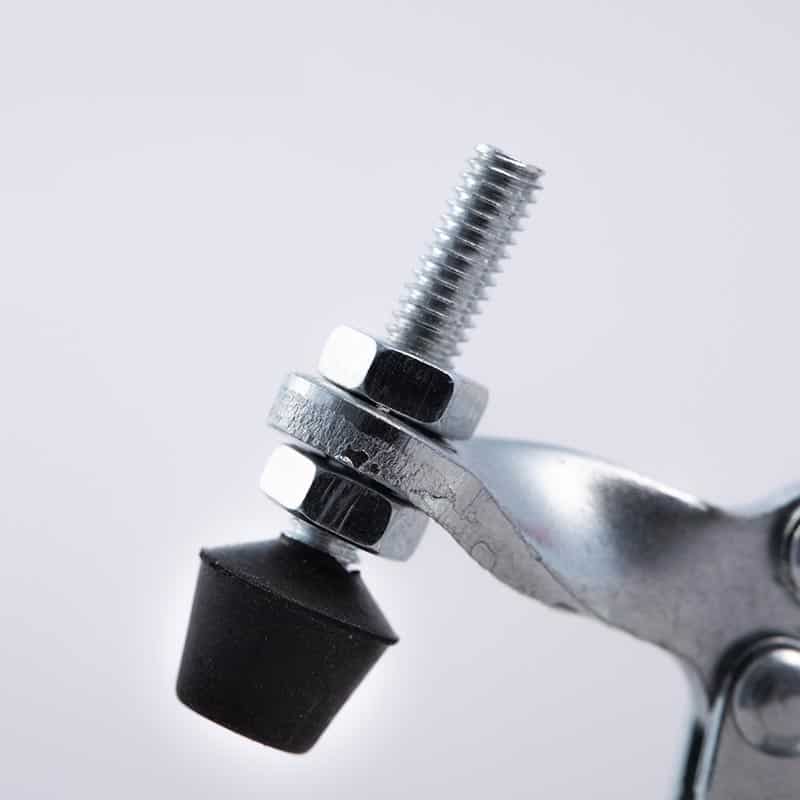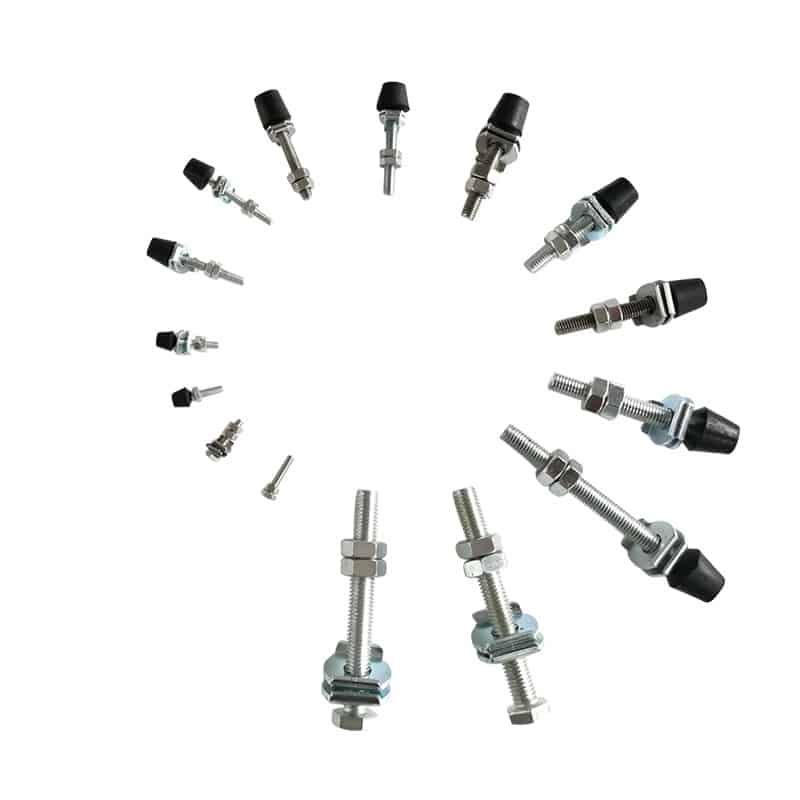The toggle clamp foot is a crucial component of a toggle clamp used to hold workpieces in place during machining, welding, or other manufacturing processes. Understanding the types, attachments, and best practices for using toggle clamp feet can help ensure a secure and stable hold on the workpiece.
What is the toggle clamp foot?
A toggle clamp foot is a component of a toggle clamp, which is a type of mechanical clamping device used to hold workpieces in place during machining, welding, or other manufacturing processes. The foot is part of the clamp that makes contact with the workpiece and exerts the clamping force.
Toggle clamp feet come in a variety of shapes and sizes to suit different applications. They can be flat, pointed, or rounded, depending on the type of workpiece being held and the clamping force required. The foot is typically made of a hard, durable material such as steel or hardened plastic to withstand the clamping pressure and resist wear and tear.
The foot is attached to the toggle clamp by a bolt or screw, which allows it to be adjusted or replaced as needed. Some toggle clamps have interchangeable feet, which can be swapped out depending on the application. The foot is designed to grip the workpiece securely and prevent it from moving or shifting during the machining or assembly process, which helps ensure accuracy and consistency in the final product.
Both horizontal and vertical toggle clamps. Different types of quick clamping feet are used.

What material is the toggle clamp foot made of?
The material used to make the toggle clamp foot depends on the specific application and the requirements for the clamp. Generally, the foot is made of a hard, durable material that can withstand the clamping force and resist wear and tear over time.
Some common materials used for toggle clamp feet include:
Steel: Steel is a strong and durable material that is commonly used for toggle clamp feet. It is resistant to deformation and can withstand high clamping forces. Steel feet can be hardened to increase their resistance to wear and extend their lifespan.
Hardened plastic: Some toggle clamp feet are made of hardened plastic, which can be an effective alternative to metal feet in certain applications. Plastic feet are lighter than steel and can be less damaging to delicate workpieces. They can also be more affordable than metal feet.
Stainless steel: Stainless steel is a corrosion-resistant material that is well-suited for use in harsh or wet environments. Stainless steel toggle clamp feet are often used in applications where exposure to moisture or corrosive substances is a concern.
Aluminum: Aluminum is a lightweight material that can be a good choice for applications where weight is a consideration. It is not as strong as steel, but can still provide a durable and reliable foot for a toggle clamp.
The choice of material for the toggle clamp foot will depend on a variety of factors, including the clamping force required, the type of workpiece being clamped, and the operating environment.

What are the different types of toggle clamp feet?
Different types of toggle clamp feet include flat feet, pointed feet, rounded feet, and swivel feet. Flat feet are the most common and are suitable for a variety of applications. Pointed feet are designed to grip small or uneven workpieces, while rounded feet can help prevent damage to delicate or curved surfaces. Swivel feet are designed to pivot and conform to irregular surfaces. MAILONG is a professional toggle clamp supplier, and we can customize different types of quick clamps for our customers.

How do you attach and adjust a toggle clamp foot?
To attach and adjust a toggle clamp foot, you typically need to loosen the bolt or screw that holds the foot in place using a wrench or pliers. Once the foot is loose, you can adjust its position or swap it out for a different type of foot. To tighten the foot back in place, you should apply a moderate amount of torque to the bolt or screw to ensure that the foot is securely attached to the clamp. Using toggle clamps is a very simple operation. You just need to pull up and push down hard to open and close the Quick Clamp.
What are the best practices for using a toggle clamp foot?
Best practices for using a toggle clamp foot include ensuring that the foot is clean and free from debris or damage, selecting the appropriate type of foot for the specific workpiece being clamped, and applying the appropriate amount of clamping force. It is also important to periodically inspect the foot and clamp to ensure that they are in good working condition and that the clamping force is still sufficient.

How to select a toggle clamp foot?
To select a toggle clamp foot, you should consider factors such as the clamping force required, the type of workpiece being clamped, and the operating environment. You should also consider the material of the foot and choose one that is compatible with the workpiece material and is resistant to wear and tear. Additionally, it is important to select a foot that is compatible with the specific type of toggle clamp being used. Some toggle clamps have interchangeable feet, which can be a good option if you need to switch between different types of feet for different applications.
